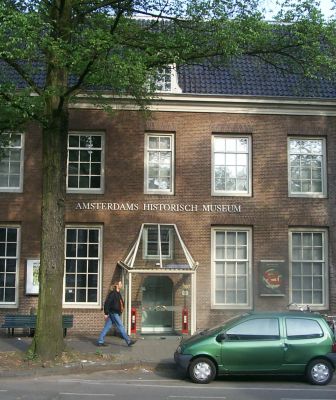
A visit to Amsterdam should include a visit to this unique museum located near the Dam Square. How can you possibly understand Amsterdam as it is now without a look at it’s fascinating history?
The Amsterdam Historical Museum moved into this building in 1975. It was formerly the municipal orphanage (founded in 1520), and a brief history of the building’s previous existence is told in and around the governors room. An interactive program about the orphanage also contains several old photos.
Exhibits of special Amsterdam historical significance are displayed here at the museum.
Info:
Open daily.
The two museum entrances can be accessed from Kalverstraat 92, Sint Luciënsteeg 27 and Nieuwezijds Voorburgwal 357. The museum is a twelve-minute walk from Amsterdam’s Central Station, via Damrak, Dam Square and Kalverstraat. Trams 4, 5, 9, 11, 14, 16, 24 and 25 also go to the museum, stopping at Spui.


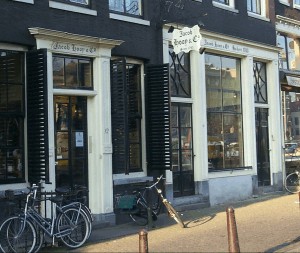
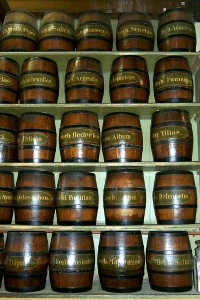
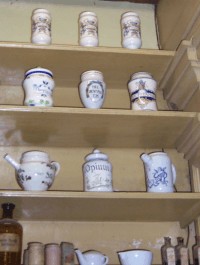
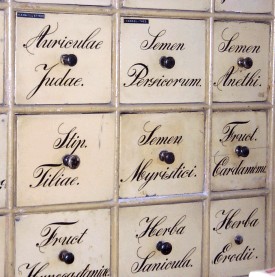
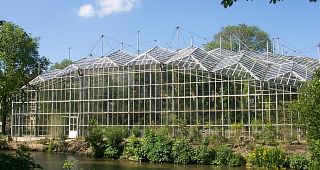



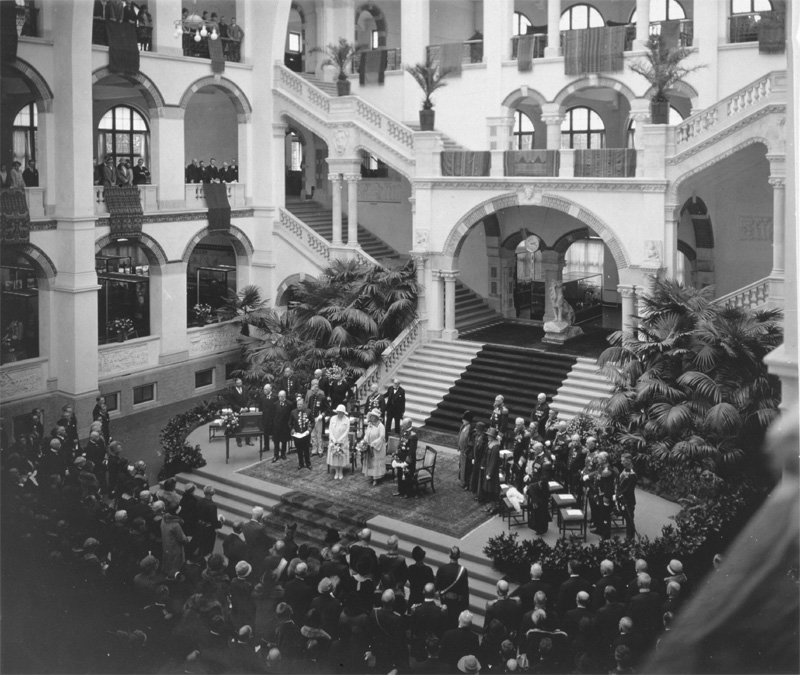
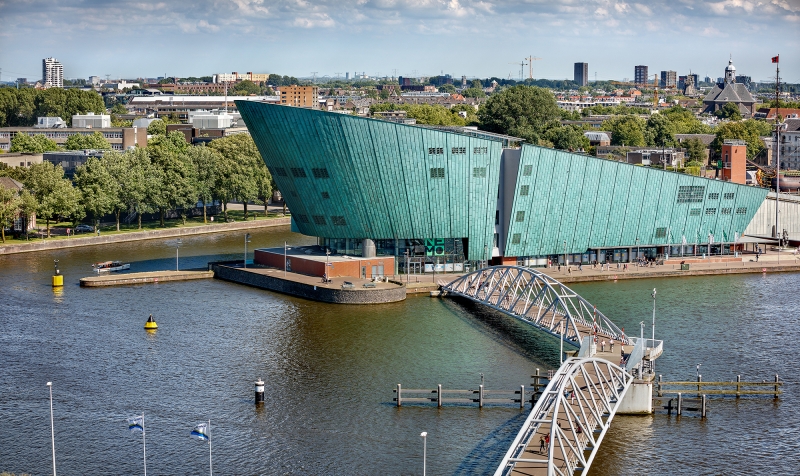
 >
>